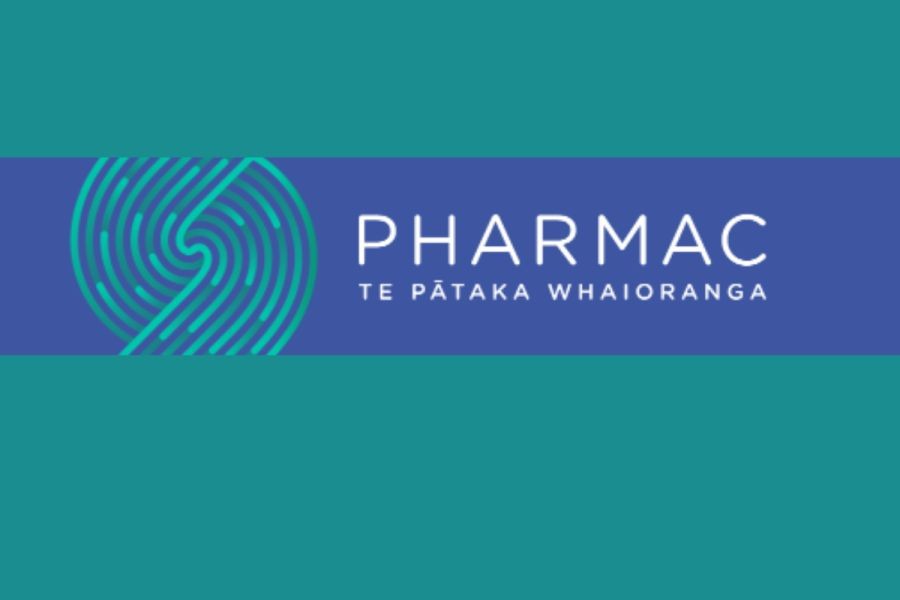In New Zealand's healthcare landscape, the Pharmaceutical Management Agency, known as PHARMAC, plays a crucial role in determining which medications are funded by the government. This decision-making process is not only vital for ensuring access to essential medicines but also impacts the financial landscape, influencing both the healthcare system and investors in the pharmaceutical industry. Understanding how PHARMAC operates can reveal opportunities and potential challenges for businesses and investors looking to navigate this unique market.
Understanding PHARMAC's Role in New Zealand
PHARMAC was established to manage New Zealand's pharmaceutical budget efficiently, ensuring that citizens have access to necessary medications while maintaining fiscal responsibility. The importance of this role is underscored by the fact that healthcare expenditure is among the largest components of New Zealand's government spending. According to Statistics New Zealand, healthcare accounted for over 20% of government expenditure in 2022.
The Decision-Making Process
The process by which PHARMAC decides which medications are covered involves several key steps:
- Assessment: PHARMAC evaluates medications based on clinical effectiveness, cost-effectiveness, and overall impact on the population's health. This involves rigorous analysis of medical data and economic models.
- Prioritization: Medications are prioritized based on their potential benefits. For instance, treatments for widespread or severe conditions may receive higher priority.
- Consultation: PHARMAC consults with healthcare professionals, industry experts, and the public to gather diverse perspectives before making a final decision.
- Negotiation: PHARMAC negotiates with pharmaceutical companies to secure the best prices, ensuring that the cost of medications aligns with available budgets.
This structured process ensures transparency and accountability, which are essential for maintaining public trust and optimizing healthcare outcomes.
Case Study: PHARMAC's Impact on Cancer Treatments
To illustrate PHARMAC's decision-making process, consider the case of cancer treatments in New Zealand.
Problem:
New Zealand has faced challenges in providing affordable cancer medications. High costs associated with cutting-edge treatments often lead to budget constraints.
Action:
PHARMAC employed its negotiation strategy to reduce the prices of several crucial cancer medications, including Keytruda, used for treating melanoma. By leveraging bulk purchasing agreements and collaborating with international partners, PHARMAC managed to secure favorable terms.
Result:
- Access to Keytruda expanded significantly, benefiting over 1,000 patients annually.
- The cost savings achieved through these negotiations allowed PHARMAC to allocate funds to additional treatments, enhancing overall public health outcomes.
Takeaway:
This case study demonstrates how strategic negotiations and prioritization can lead to broader access to essential medications, showcasing PHARMAC's pivotal role in balancing healthcare needs with fiscal constraints. For investors, understanding such dynamics can help identify opportunities in pharmaceutical stocks that align with government priorities.
Challenges and Criticisms
While PHARMAC's model is praised for its efficiency, it is not without challenges. Critics argue that the focus on cost-effectiveness can delay access to new, potentially life-saving treatments. This tension between innovation and affordability is a common debate in healthcare systems globally.
Balancing Innovation and Cost-Effectiveness
One of the biggest challenges PHARMAC faces is balancing the need for innovative treatments with budgetary constraints. For instance, while innovative drugs can offer groundbreaking results, they often come with high price tags. This creates tension between immediate patient needs and long-term financial sustainability.
Contrasting Viewpoints
- Advocates for Innovation: Proponents argue that prioritizing innovation encourages pharmaceutical advancements and provides patients with the latest treatments, potentially improving survival rates and quality of life.
- Cost-Effectiveness Advocates: On the other hand, supporters of PHARMAC's cost-effectiveness approach highlight the importance of ensuring that taxpayer money is spent wisely and that access to essential medications is prioritized.
Finding a middle ground that allows for both innovation and fiscal responsibility is crucial for the sustainability of New Zealand's healthcare system.
Myths and Misconceptions
Several myths surround PHARMAC's operations. Here are a few debunked:
- Myth: PHARMAC delays access to all new medications. Reality: While budget constraints can delay some treatments, PHARMAC prioritizes drugs with the most significant health impact, ensuring timely access to essential medications.
- Myth: PHARMAC's decisions are purely financial. Reality: Decisions involve comprehensive health impact analyses, consulting with experts and the public to ensure balanced outcomes.
Future Trends and Predictions
Looking ahead, PHARMAC is likely to face increased pressure to include more personalized medicines and treatments as precision medicine becomes more prevalent. The agency's ability to adapt its processes to accommodate these changes will be crucial. According to a report by the Ministry of Business, Innovation and Employment, the adoption of personalized medicine could transform treatment paradigms by 2030.
Conclusion
PHARMAC's decision-making process is fundamental to New Zealand's healthcare system, balancing the need for innovative medications with fiscal responsibility. For investors and businesses, understanding these dynamics can uncover strategic opportunities in the pharmaceutical sector. As the healthcare landscape evolves, staying informed about PHARMAC's priorities and methodologies will be crucial for navigating this complex environment.
What’s your take on PHARMAC’s approach to managing New Zealand’s pharmaceutical needs? Share your insights below!
People Also Ask (FAQ)
- How does PHARMAC impact pharmaceutical companies in New Zealand?PHARMAC's decisions directly affect pharmaceutical companies by determining which medications are funded, influencing market access and competitive dynamics within the industry.
- What challenges does PHARMAC face in managing medication funding?PHARMAC faces challenges in balancing innovation with cost-effectiveness, ensuring timely access to treatments while managing budget constraints.
Related Search Queries
- PHARMAC New Zealand funding process
- How does PHARMAC decide on medications?
- Cancer treatments and PHARMAC
- PHARMAC decision making challenges
- Future of healthcare in New Zealand

































huntingsvg1
4 months ago